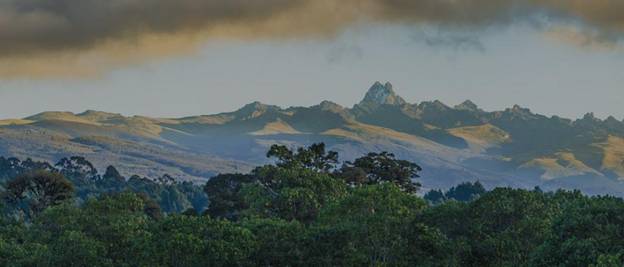Free Courses Sale ends Soon, Get It Now


Free Courses Sale ends Soon, Get It Now



Copyright infringement not intended
Context: The peatlands in the central Congo basin require significant investment and more research to safeguard them, according to a new report. The peatlands face significant threats due to hydrocarbon exploration, logging, palm oil plantations, hydroelectric dams and climate change.
More on the news:
About Peatlands:
© 2024 iasgyan. All right reserved